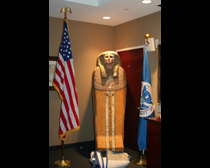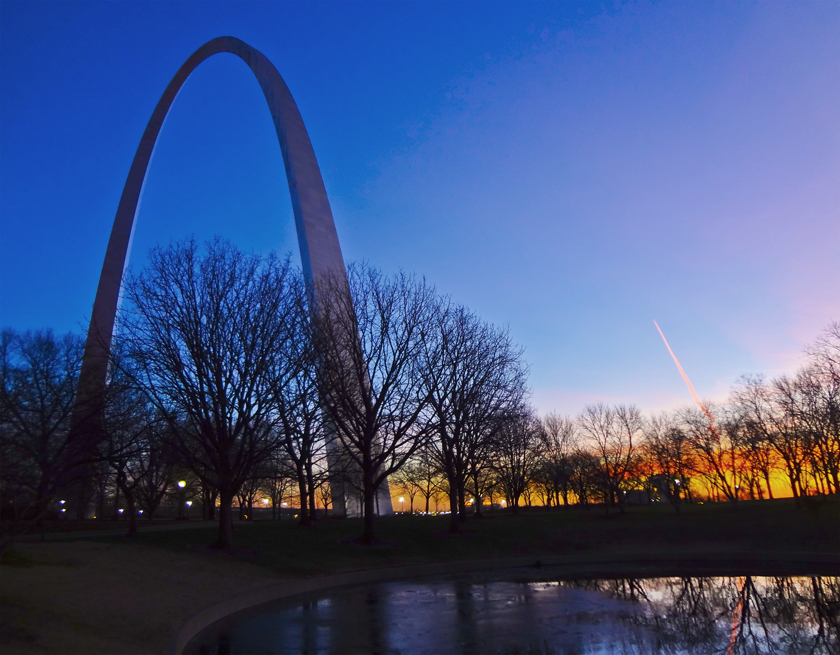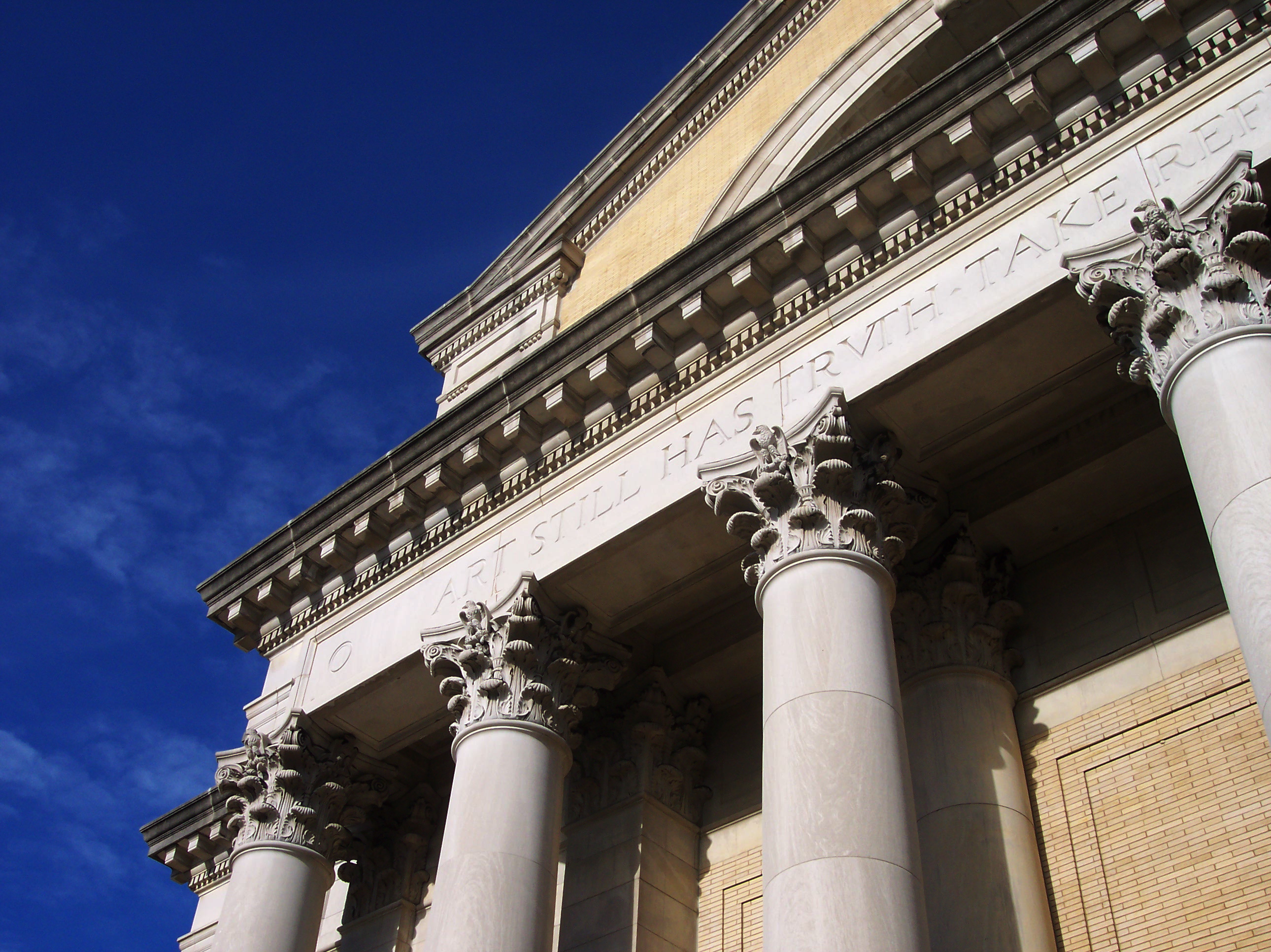"The order of the district court should be affirmed." That is the simple conclusion written in the Harvard Art Museums' appellate brief filed yesterday in the case of Rubin et al. v. Islamic Republic of Iran v. Museum of Fine Arts and Harvard University et al. The appeal is pending in the U.S. Court of Appeals for the First Circuit.
 |
| The Boston Museum of Fine Arts Source: Alex Feldstein. CC. |
The Boston Museum of Fine Arts (MFA) also filed an appellate brief. The museum argues that "[a]llowing Plaintiffs to execute on property long held and owned by an innocent third party, the MFA, does nothing to punish Iran," they write.
Jenny Rubin and other appellants filed an appeal with the First Circuit in March, contending that a federal district court in Massachusetts was wrong when it dismissed their attempt to attach Iranian cultural artifacts located in Boston area museums. The objects include eight stone reliefs from ancient Persepolis and two Luristan bronzes now at Harvard, as well as 977 artifacts acquired by the MFA through scientific expeditions during the 1930s at Rayy and Persepolis. Nearly 2000 artifacts in total are at issue in the First Circuit case.
Rubin and others filed a lawsuit in 2001 in the United States District Court for the District of Columbia and won a court judgment against Iran for its sponsorship of a terrorist attack in Jerusalem in 1997. In order to collect the money owed to the appellants, the Rubin parties sought to attach Iranian assets in the United States. They attempted to seize ancient Iranian artifacts housed at Harvard's museums as well as the Museum of Fine Arts (MFA) in Boston, but the effort failed in the district court. That is why the appellants filed an appeal. Harvard and the MFA object.
Harvard's attorneys say this case "should never have been brought" against the Busch-Reisinger Museum, the Fogg Art Museum, Harvard University, the Harvard University Art Museums, the Peabody Museum of Archaeology and Ethnology, the President and Fellows of Harvard College, the Sackler Museum and the Semitic Museum. They argue in a lengthy brief that the Rubin appellants "failed to prove that any Harvard artifact belongs to Iran." Harvard asserts that the claim by Rubin and others "fails because it rests on a meritless legal premise—that Iranian law ever gave Iran title to any object."
The MFA, meanwhile, criticizes the Rubin appellants/plaintiffs because they "have conceded that they have no evidence at all that Iran owns a single object at the MFA. Rather, Plaintiffs effectively contend that the possibility that some of the objects may have been illegally removed from Iran decades ago somehow allows Plaintiffs to attach the objects now as if they were property of Iran." "Allowing Plaintiffs to take property from the MFA to which Iran has no valid claim would force the MFA, not Iran, to pay for Iran’s misdeeds," the museum's lawyers complain.
The MFA's legal counsel argues that "the District Court correctly ruled that Iranian Law does not vest Iran with ownership of any of the objects" in its collection. The museum adds that cultural objects specifically not subject to attachment are at least 319 artifacts found outside Iran before November 3, 1930; 107 cultural objects excavated outside Iran's borders; at least nine artifacts made after 1779; scientifically excavated material dug up from Rayy as part of the Joint Expedition to Iran funded by the MFA and the University Museum at the University of Pennsylvania; and items from the Persepolis Expedition sponsored by the Oriental Institute at the University of Chicago, the University of Pennsylvania, and the MFA.
Both Harvard and the MFA take the appellants to task for claiming that Iran maintains a "regulatory" interest in Persian cultural objects. The lawyers opine that a mere regulatory interest in property is not enforceable in an American court. To enforce a regulatory interest would amount to "an unconstitutional taking of property," Harvard's counsel writes.
Harvard's attorneys add that the lower district court "correctly ruled that Iranian law does not vest Iran with ownership of the artifacts." The MFA make a similar argument. The two institutions maintain that the Rubin appellants cannot bring a legal action to dispute the ownership of ancient Iranian artifacts because such a claim is barred by a three year statute of limitations.
Harvard and the MFA, in any case, claim that they own the artifacts in their collections by adverse possession. "Even if Harvard did not acquire ownership of the objects by gift or purchase—and it did—Harvard acquired title to the objects by adverse possession." The MFA says as well: "Here, because Iran has never made any claim of ownership to works in the MFA, despite knowledge for many decades that the MFA’s collection included numerous antiquities that originated in Iran, any such claim is time-barred. And because of the MFA’s well-known possession of such antiquities for those decades, the MFA has acquired title to the objects under the doctrine of adverse possession, also barring any claim of ownership by Iran."
Adverse possession is a legal doctrine that awards title of property to a possessor who maintains hostile, open, notorious, exclusive, and continuous possession of the property over a specified period of time. "Harvard’s possession has undisputedly been open and notorious, adverse, and exclusive and continuous for the three-year statutory period," argue its lawyers.
Alternatively, Harvard's attorneys maintain that "if the antiquities belong to Iran, they are immune from execution under" the Foreign Sovereign Immunity Act (FSIA). The MFA joins Harvard's argument. Harvard's attorneys point out that FSIA's "commercial activity" exception does not apply. They write that "the objects are not subject to the FSIA’s 'commercial activity' exception, because Iran never used them for a commercial activity in the United States."
The FSIA exception states:
"A foreign state shall not be immune from the jurisdiction of courts of the United States or of the States in any case . . . in which rights in property taken in violation of international law are in issue and that property or any property exchanged for such property is present in the United States in connection with a commercial activity carried on in the United States by the foreign state; or that property or any property exchanged for such property is owned or operated by an agency or instrumentality of the foreign state and that agency or instrumentality is engaged in a commercial activity in the United States."
[Author's sidebar: there has been much discussion recently about legislation to clarify the meaning of FSIA's "commercial activity" provision when applied to foreign art and artifacts in the United States. See "The Foreign Cultural Exchange Jurisdictional Immunity Clarification Act (S.2212) Should Be Passed" and "U.S. House Passes Foreign Cultural Exchange Jurisdictional Immunity Clarification Act"].
Harvard's lawyers also write that the Terrorism Risk Insurance Act (TRIA) does not put the objects in the hands of the appellants: "Nor are the [cultural] objects subject to execution under TRIA’s limited authorization of execution against certain 'blocked assets' of terrorist states." "Congress provided that only blocked assets owned by a terrorist party may be used to satisfy judgments against that party," and the cultural artifacts at Harvard are neither owned by Iran nor "blocked assets," the attorneys argue. The MFA further argues that the appellant's "interpretation of TRIA leads to a constitutional takings problem."
UPDATE August 2012: The plaintiffs-appellants filed their response to the museums' briefs.
For more on the parallel Seventh Circuit / U.S. Supreme Court case, click here.
For more on the parallel Seventh Circuit / U.S. Supreme Court case, click here.
CONTACT: www.culturalheritagelawyer.com













